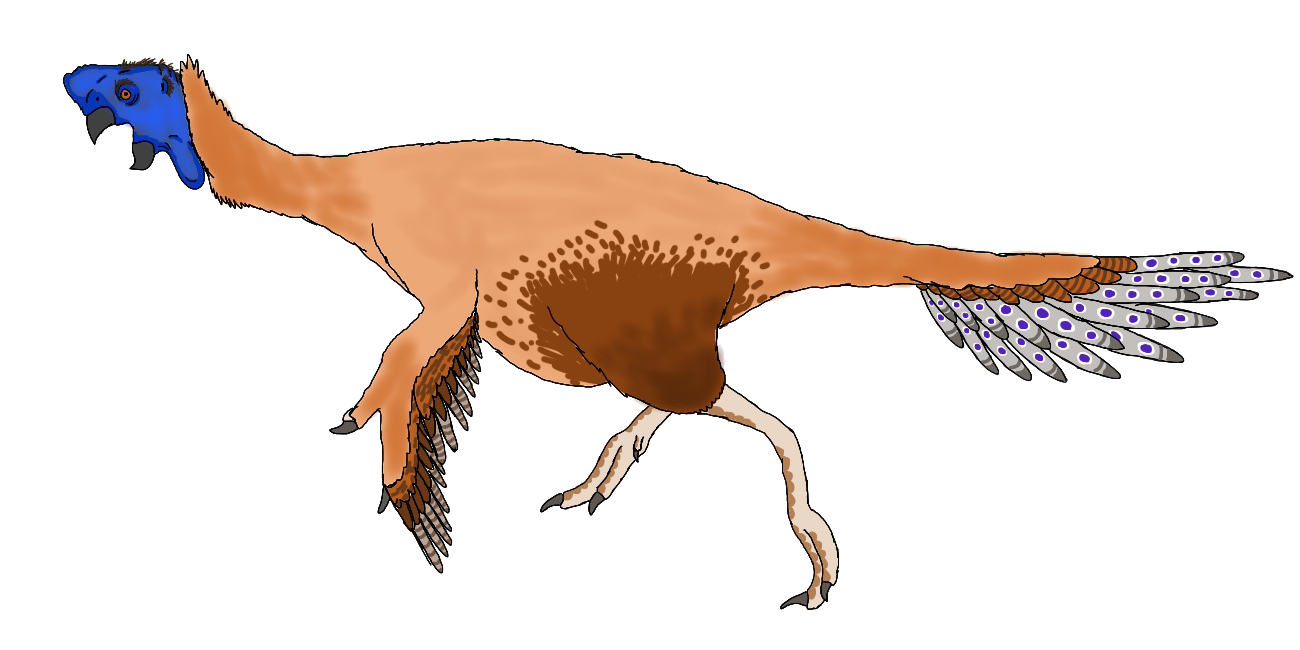Citipati

|
|
|
This relatively large oviraptorid is one of the most well-known of its kind. Often confused with the related Oviraptor, Citipati is a weird crested beaked dinosaur with a long neck and short tail, bearing a fan of display feathers at the end. Citipati is known from many well-preserved specimens, soem of which have even been preserved on top of eggs. Citipati broods nests in a birdlike fashion, using its wings and body to protect and thermoregulate the eggs (which can number up to 22 per nest). Families of Citipati nest in large colonies, sometimes in association with the troodontid Byronosaurus. Citipati is omnivorous, and scoured the deserts it lived in for anything to eat. Their beaks are adapted for crushing bites, similar to those of parrots. This has led some scientists to suggest oviraptorids ate primarily shellfish! This is probably unlikely - shellfish are rare in deserts. We have a small nesting family of Citipati in the Mongolia of the Cretaceous section, consisting of one male, two females, and any eggs that may hatch. |
Scientific name Location Time Length Diet |